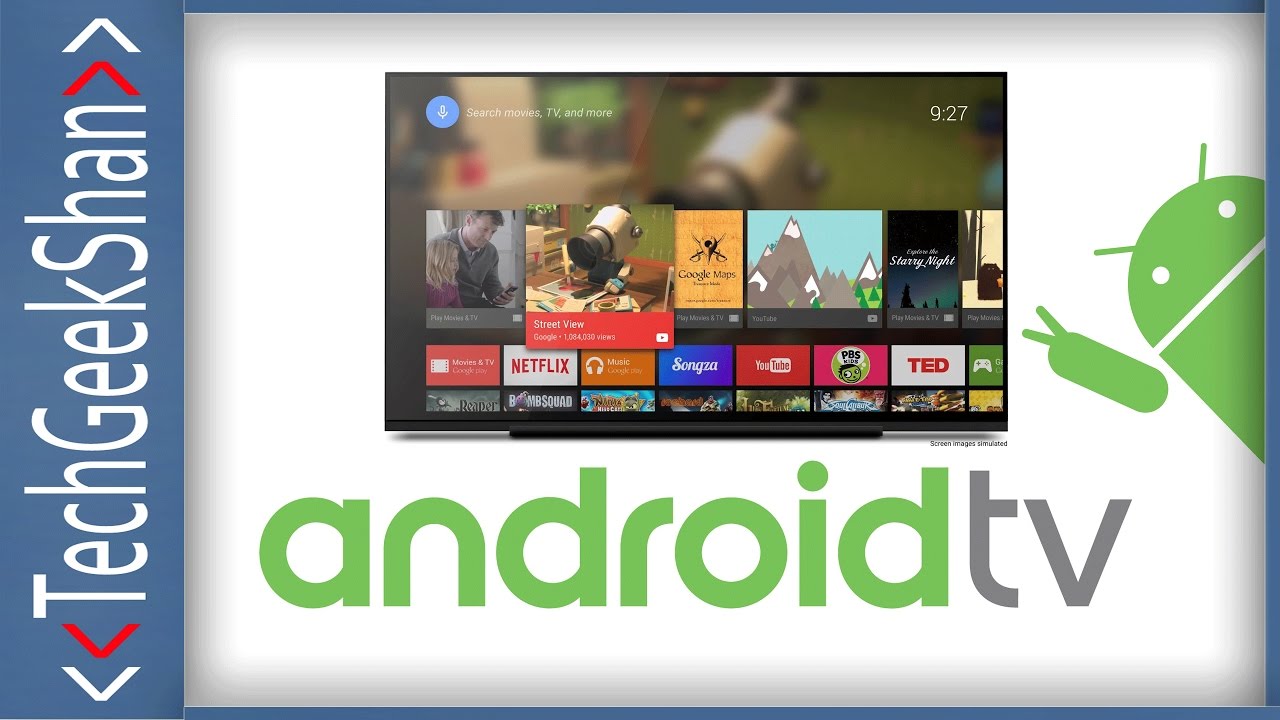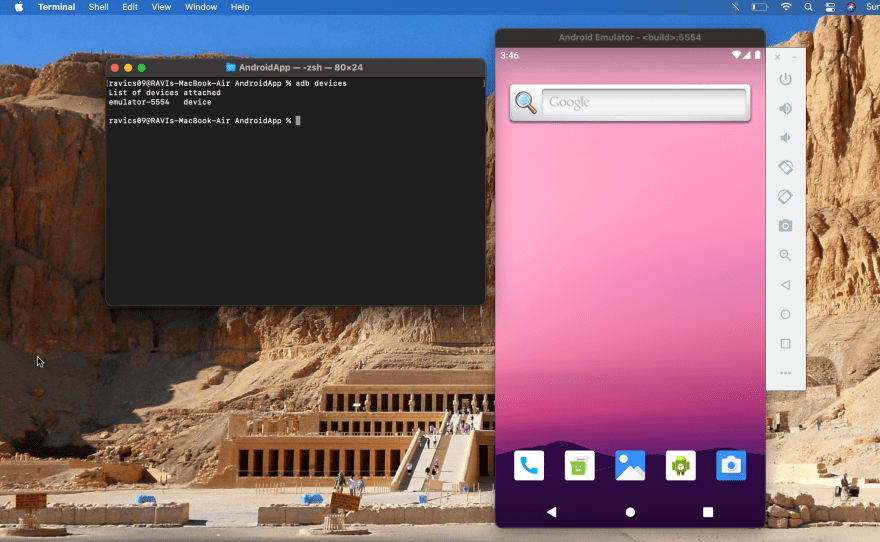

- #Mac setup android emulator install#
- #Mac setup android emulator license#
- #Mac setup android emulator download#
To view forcedroid usage information, type forcedroid and press Return.This time too, we have found multiple ways to run Android apps on macOS. Your command-line printout should reflect the Mobile SDK version-currently, forcedroid version 9.x.x. To verify your installation, type forcedroid version and press Return. #Mac setup android emulator install#
On Windows, type npm install -g forcedroid and press Return.On a Mac, type sudo npm install -g forcedroid and press Return.Be sure to store the variable in your persistent environment settings so that you don’t have to keep retyping it. For example, on a Mac, the path is typically /Users//Library/Android/sdk. Define an ANDROID_HOME system variable that points to your installed Android SDK.Open the Terminal app on Mac, or the command prompt on Windows.To install forcedroid, you use the npm install command. You just enter some metadata as prompted, and a few minutes later you have a fully configured Gradle project that you can open in Android Studio. Forcedroid is the quickest and easiest way to create all types of Mobile SDK apps for Android. To create Android apps that are compatible with Mobile SDK, you use a node.js command-line utility named forcedroid. Leave the other values set to their defaults. If you like, you can change the AVD Name field to any value that helps you identify the AVD configuration.
#Mac setup android emulator download#
After the download completes, select the image and click Next. Scroll down to an image that supports API level 23, and click Download next to the image’s name. In a new Android Studio installation, none of the images are downloaded. Under Select a System Image, click x86 Images. Select a device definition, and click Next. On the Your Virtual Devices page, click Create Virtual Device…. In Android Studio, click the AVD Manager tool. If prompted, click Allow to accept incoming network connections. In the wizard, click Next as prompted to accept all defaults, then click Finish. From the Android Studio Welcome screen, select Start a New Android Studio Project. To get into Android Studio, create a throwaway project from the Welcome screen. Let’s choose a system image that supports API 23. It’s a good idea to test your Mobile SDK apps against the minimum supported API target. 
Now that you’ve installed the SDK, create an emulator for testing and debugging your apps.
When the downloads are finished, dismiss the SDK Manager. Relax, and perhaps enjoy a refreshing beverage. Installing the new API versions can take several minutes. #Mac setup android emulator license#
If prompted, confirm your download, then accept the license agreement and click Next.
Select all API Levels from 23 to 30, then click OK. For Mobile SDK, it’s common practice to add all versions from the minimum API to the target API. 

In a new Android Studio installation, the SDK Manager shows a check for only the latest API level.
At the bottom of the Welcome screen, click Configure, and in the dropdown menu, click SDK Manager. Mobile SDK 9.0.0 uses Android Marshmallow (API 23) as its minimum and Android 11 (API 30) as its target. “Target API level” is the highest API level against which you’ve designed and tested your app. “Minimum API level” is the lowest API level with which your app is compatible. Android apps specify different API levels.








 0 kommentar(er)
0 kommentar(er)
